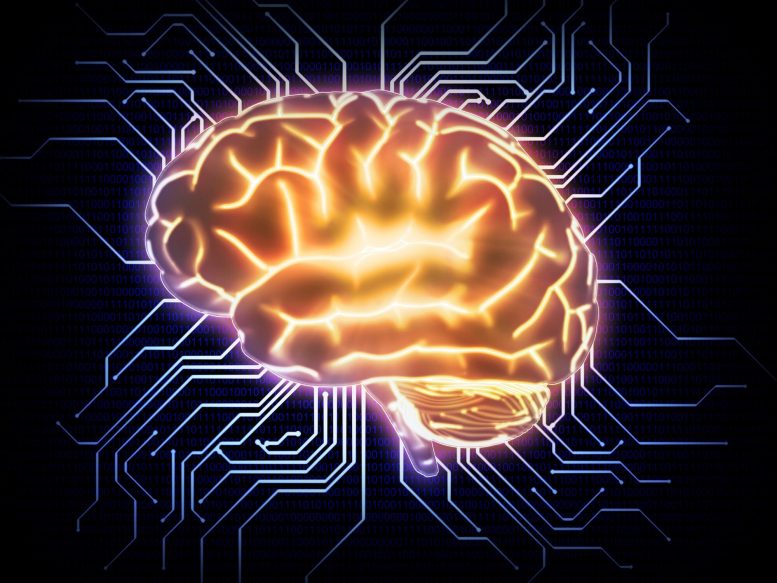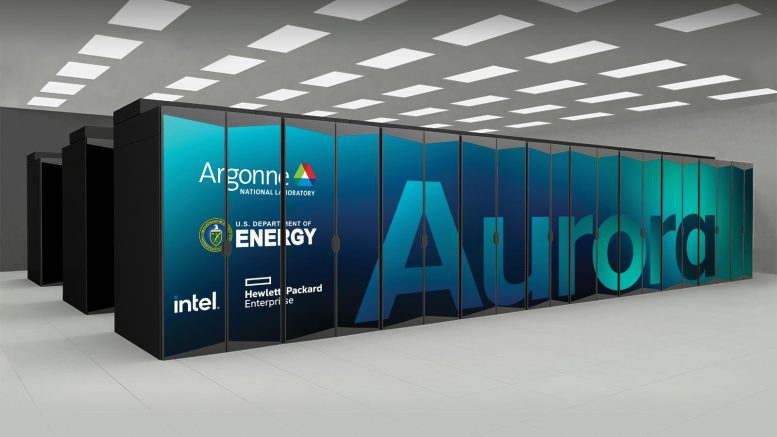
What Is Artificial Intelligence?
Artificial Intelligence (AI) simply means intelligence in machines, in contrast to natural intelligence found in humans and other natural organisms. Artificial intelligence gained its name and became a formal field of research in 1956, and initial work led to new tools for solving mathematical problems. However, researchers discovered that creating an AI is incredibly difficult, and progress slowed in the 1970s. More recently, increases in computing power and availability of massive data sets have set the groundwork for advances in AI.
In particular, scientists have made giant strides in one particular application of AI, machine learning. Machine learning involves systems that automatically learn from the data they analyze and the results they obtain to improve their ability to work with that data in the future. For example, machine learning powers applications that estimate how long a trip will take and then provide guidance on the route. Applications such as Google Maps use machine learning to analyze shifting traffic conditions and incorporate user-reported data to reduce travel times and suggest fuel-efficient routes. Machine learning is best for these types of specific, well-defined tasks that can be broken down into logical steps.

Supercomputers like the Department of Energy’s Aurora at the Argonne Leadership Computing Facility will help make artificial intelligence more and more powerful. Credit: Image courtesy of Argonne Leadership Computing Facility
The next level of AI application is known as deep learning. Deep learning involves complex tasks with many hard to nail down variables. It makes use of neural networks, which seek to build computers that operate like our brains. Deep learning leverages many neural networks stacked on top of each other to create a large, complex neural network. Deep learning demands a lot of computing power to both train the model from copious amounts of data and use the trained models to make decisions. One example is digital assistants like Amazon Alexa, Apple Siri, and Google Assistant. Deep learning is what allows these assistants to listen to you and figure out what information you want or task you need them to perform.
Artificial Intelligence Facts
One of the ways we can understand advances in AI is how well it performs at games.
- In 2011, IBM’s Watson won the U.S. game show Jeopardy!
- In 2016, the Google DeepMind AlphaGo AI beat a human grandmaster at the complex Chinese game of Go.
- But humans say AI isn’t so good at games involving teamwork.
DOE Office of Science: Contributions to Artificial Intelligence
The Advanced Scientific Computing Research (ASCR) program in the Department of Energy Office of Science (DOE SC) has been working on AI since the 1960s. ASCR developed several technologies—including massively parallel input/output systems and linear algebra routines—that led to today’s AI systems. More recently, ASCR’s role in high-performance computing and exascale computing will help build the hardware and software needed to power future generations of AI. The ASCR program also provides support to other DOE SC programs that are using AI to accomplish their goals. For example, the DOE SC Fusion Energy Science program is deploying AI to help control fusion reactions with the goal of making fusion energy production a commercial reality.








Be the first to comment on "Science Made Simple: What Is Artificial Intelligence?"